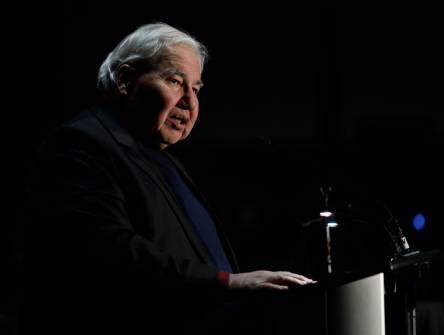Home trade: A free-trading nation comes of age
As the world flirts with rising protectionism, Canada carries on as a free-trading nation in a hurry, pursuing ambitious talks far and wide

In the last six months, we’ve seen the United States drop the Trans-Pacific Partnership, then threaten to pull out of NAFTA, and Britain trigger its formal divorce from the European Union.
But as the world flirts with rising protectionism, Canada carries on as a free-trading nation in a hurry, pursuing ambitious talks far and wide; with China, India, Japan and now the Mercosur trading bloc. It has agreed to reopen NAFTA in the hopes of saving it. Fingers are still crossed on full ratification of the Comprehensive Economic and Trade Agreement with Europe. Informal discussions are taking place with Britain — still barred from direct talks until Brexit is completed. In May, Canada hosted its jilted TPP partners in an effort to salvage part of that deal. And on July 1st, new free trade rules come into force between the provinces under the Canadian Free Trade Agreement.
Save perhaps for that last bit, none of these efforts are controversial in the least due to this country’s broad acceptance that trade and globalism are the key to Canada’s economic well-being.
That’s partly because international trade accounts for roughly two-thirds of our GDP compared to 30 per cent in the U.S. In 2015, 78 per cent of Canada’s total exports were sent to its NAFTA partners.
But some trade agreements have a greater impact than others, and there’s more to their success than the size of the markets involved. According to the Bank of Canada, the projected economic benefit from free trade with the EU – and its market of 500 million consumers – would add as much to the country’s potential output annually as removing interprovincial trade barriers in Canada. Both trade deals would raise real GDP by up to 1 per cent by 2025, or over $1,500 per Canadian family.
For Canada the lessons are pretty clear. We have always traded heavily on the North American continent because it’s nearby, and we should avoid putting too much hope in trade deals with far-flung places. Geography matters.
This is because of what’s known as the gravity model of international trade, a principle revived lately by the American economist Tyler Cowen. The model describes the patterns of trade flows between two countries as proportional to their combined GDPs and inversely proportional to the distance between them. It explains why the U.S. does far more business with Canada than it does with Australia, whose economic profile is similar to ours, and with whom the U.S. enjoys similar trade terms. It’s also why free-marketers in Canada place so much hope in moving toward unobstructed trade among our provinces.
After the CFTA was announced in April, much of the reaction was one of frustration. Critics charge that it carves out too many exceptions for sectors they want to keep shielded from competition. The biggest is free trade in alcohol, but the dairy industry in Quebec is also spared, as is procurement in Alberta for a time, and even the issuance of licences to sell bullfrogs in Ontario. For critics of the deal, it’s a stretch to say that across-the-board free trade is a reality in Canada. But some perspective is needed. Under CETA, broadly well received, Canada’s supply management system remains intact, provisions on government procurement contain many exceptions, and there’s an exception under the patent term extension for the export of generic drugs.
The promise that the CFTA holds is that it adopts a “negative list” approach to making exceptions to free-trade principles, and brings meaningful transparency by naming and shaming provinces that insist on protecting sectors of their economy. So there is a path to modernizing Canada’s free-trade area, however long that may take.
In the meantime, the courts will have their own say in the matter.
At stake is whether the framers of the British North America Act intended to create a free trade area for the newly united Canada. Those who support this view contend that Section 121 of the Constitution Act, 1867, which stipulates that goods must “be admitted free into each of the other provinces”, prohibits both tariffs and non-tariff barriers.
That argument will soon be put to the test, now that the Supreme Court of Canada has granted leave in the R. v. Comeau “free-the-beer” case. A ruling striking down New Brunswick’s liquor laws could have major implications on other provincial trade barriers.
As it celebrates its 150th anniversary, Canada may be finally be coming around to the notion that free trade begins at home.


